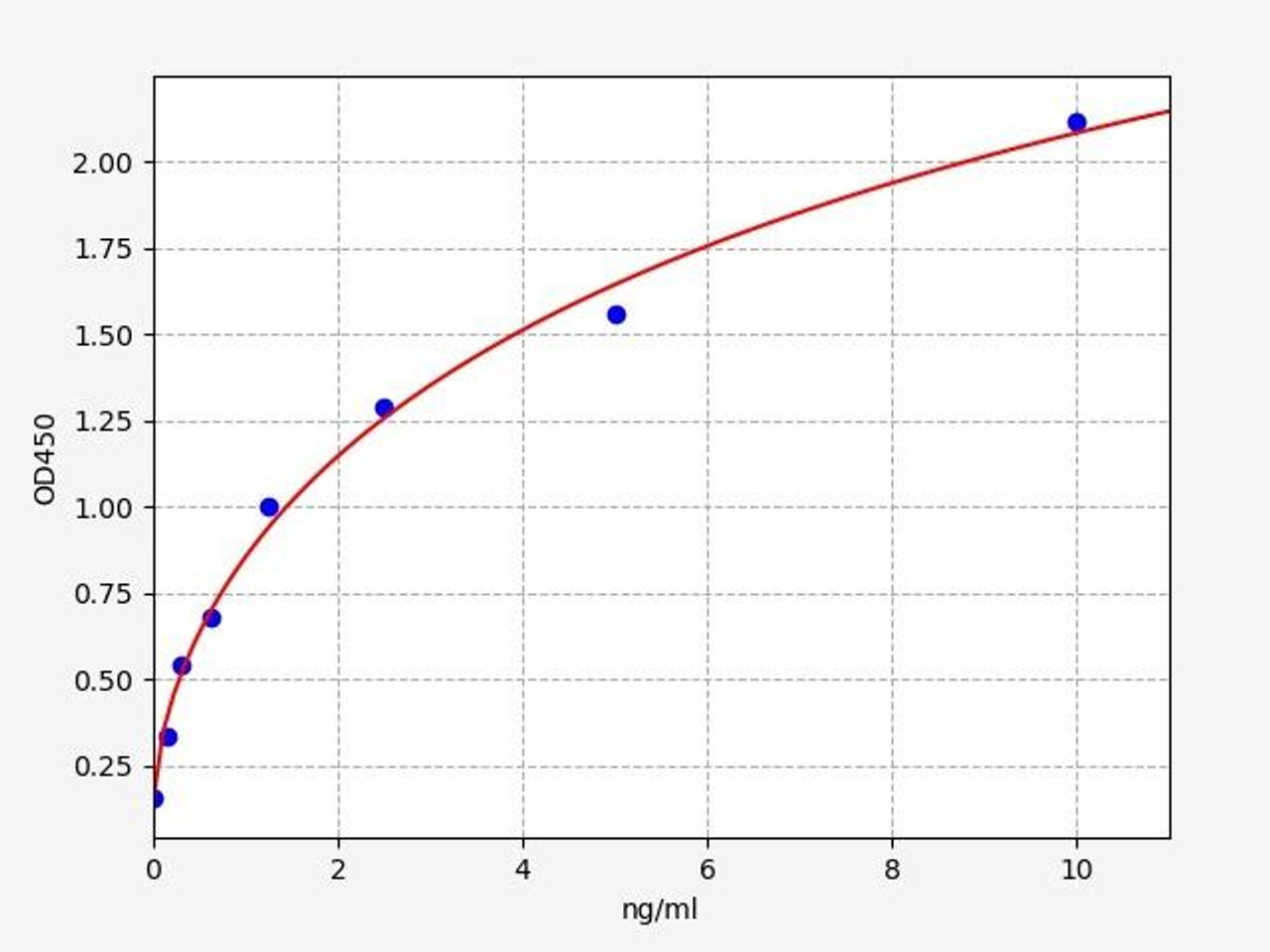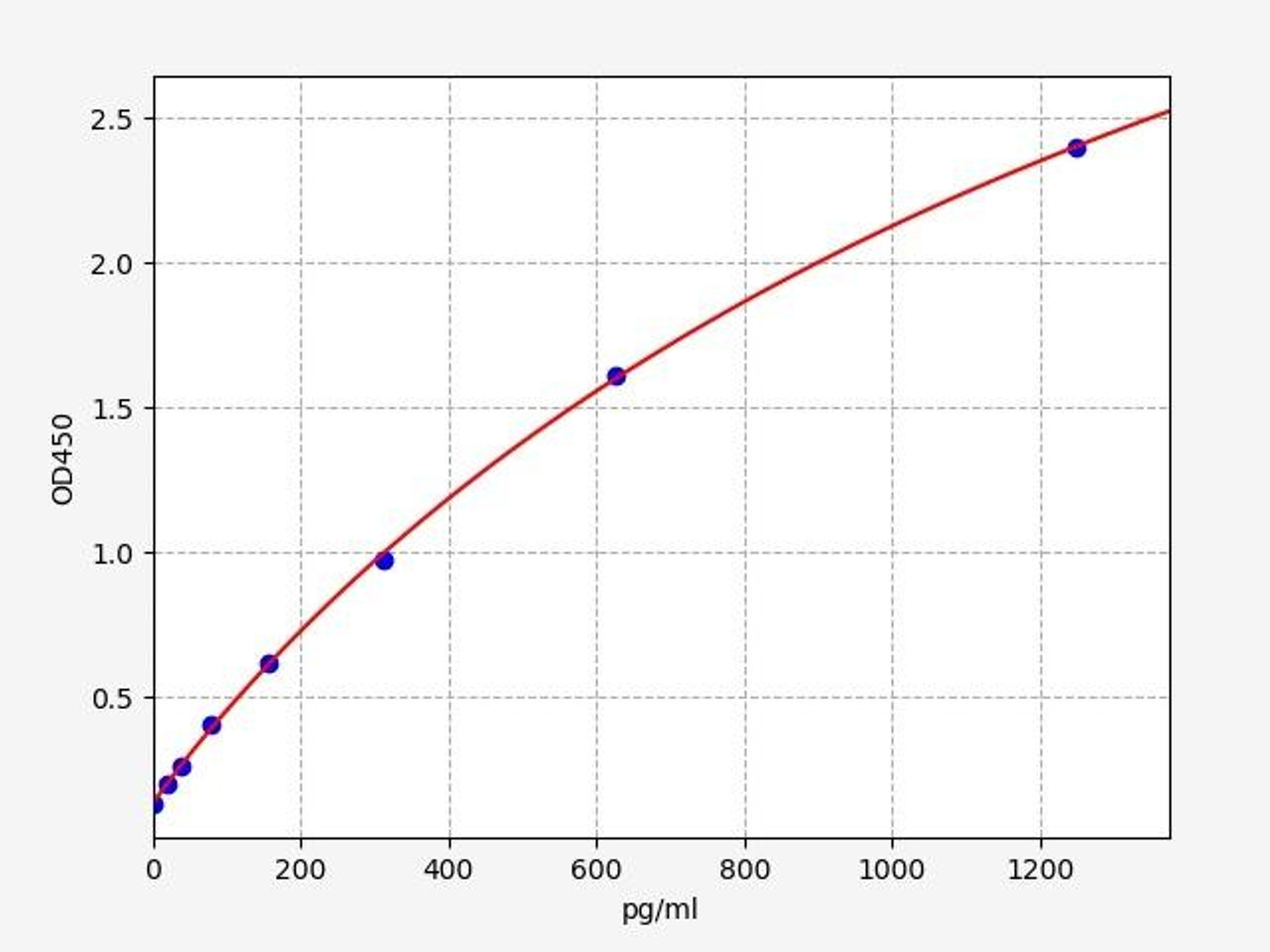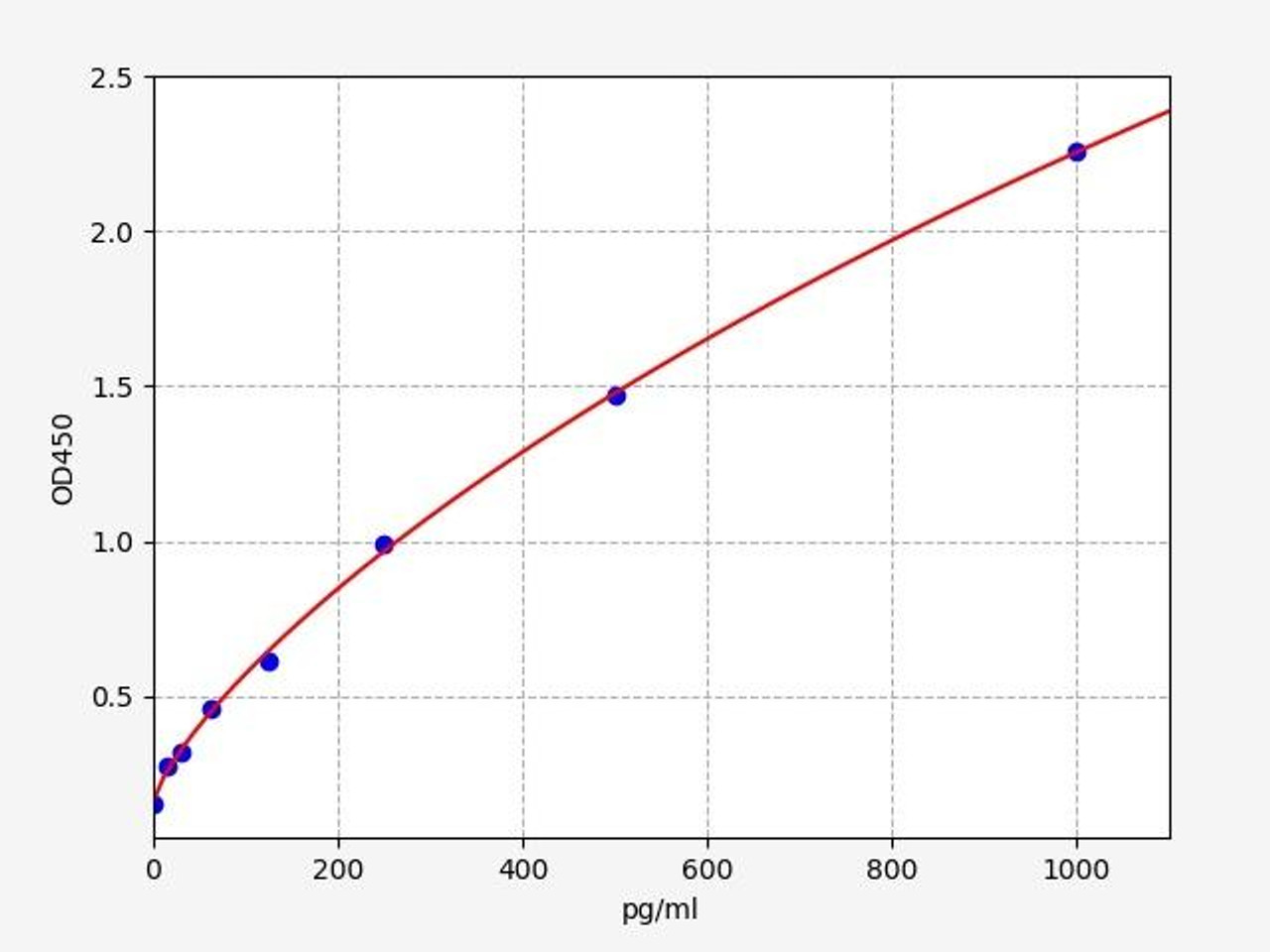CD Markers Expression on B Cells
Exploring the realm of B cells, this piece delves into the intricacies of these white blood cells, pivotal in humoral immunity. Through the lens of CD markers and immunophenotyping, we unravel the diversity of B cells, their antibody production, and their profound impact on immune responses.
Key Takeaways:
- B cells, vital in adaptive immunity, are characterized by CD markers and immunophenotyping, crucial for understanding their heterogeneity and immune roles.
- Immunophenotyping, using flow cytometry, identifies B cell subsets through CD markers, essential for studying B cell development, activation, and disease associations.
- CD markers on B cells vary across different stages and types, indicating their development and function, and are key in research and diagnostic applications.
Jump to a Section
B cells, a type of white blood cell, play a vital role in the adaptive immune system, serving as key mediators of humoral immunity. They are responsible for producing antibodies, which are specialized proteins that recognize and neutralize foreign substances, such as pathogens, in the body. B cells achieve this remarkable specificity through the expression of cell surface receptors known as B cell receptors (BCRs). However, the study and classification of B cells require a more nuanced understanding of their heterogeneity. This is where CD markers, a system of cell surface proteins, come into play
CD Markers
CD markers, short for cluster of differentiation markers, serve as valuable tools for identifying and characterizing different cell populations, including B cells. In this blog post, we will explore the significance of CD markers in B cell research, shedding light on their role in defining distinct B cell subsets and unraveling the intricacies of immune responses.
Immunophenotyping Definition
Immunophenotyping is a technique used to identify and characterize cell populations based on the expression of specific cell surface markers, often using monoclonal antibodies. It involves the binding of fluorescently labeled antibodies to specific antigens on the cell surface, followed by analysis using flow cytometry or other detection methods.
Immunophenotyping is a powerful technique used to analyze and characterize the surface markers expressed by B cells, providing invaluable insights into their identity and functional properties. By utilizing specific antibodies that target distinct CD markers, immunophenotyping allows researchers to identify and classify different B cell subsets with remarkable precision. This technique enables the examination of various surface molecules, such as CD19, CD20, CD21, CD27, and many others, which serve as important indicators of B cell maturation, activation, differentiation, and memory status. Immunophenotyping not only aids in the classification of B cells but also contributes to our understanding of their role in immunity, as different subsets may possess unique functional capabilities and responses to stimuli. By unraveling the immunophenotypic profiles of B cells, scientists can gain deeper insights into the intricacies of immune regulation, disease pathology (autoimmune diseases and cancer) and the development of targeted therapeutic strategies.
Flow Cytometry for Immunophenotyping
The process typically involves obtaining a sample of cells, such as blood, bone marrow, or tissues, and incubating them with a panel of fluorescently labeled antibodies that recognize specific cell surface markers. The antibodies can target various CD markers (cluster of differentiation markers), The labeled cells are then passed through a flow cytometer, which detects and measures the fluorescence emitted by each individual cell, providing quantitative data about the expression levels of different markers.
B cell Immunophenotyping using Flow cytometry
CD Marker ELISA Kits

| Human CD19 ELISA Kit | |
|---|---|
| ELISA Type | Sandwich ELISA, Double Antibody |
| Sensitivity | 0.094ng/ml |
| Range | 0.156-10ng/ml |

| Human CD40 / TNFRSF5 ELISA Kit | |
|---|---|
| ELISA Type | Sandwich ELISA, Double Antibody |
| Sensitivity | 11.719pg/ml |
| Range | 19.531-1250pg/ml |

| Human Siglec-2 / CD22 ELISA | |
|---|---|
| ELISA Type | Sandwich ELISA, Double Antibody |
| Sensitivity | 9.375pg/ml |
| Range | 15.625-1000pg/ml |
CD markers expression in B cell developmental stages
CD markers are proteins that are found on the surface of cells. They are used to help identify different types of cells. B cells express a variety of CD markers during their development. These markers can be used to track the progression of B cell development and to study the function of B cells.
B cell development or activation, including progenitor B cells, pro-B cells, pre-B cells, immature B cells, marginal zone B cells, naïve B cells, germinal center B cells, memory B cells, plasmablast cells (also known as plasma cell precursors), and the initial stages of clonal selection. The CD antigens are a set of cell surface markers that may be used to identify various phases of B-cell maturation or activation.
- Immature B cells have the surface markers CD19, CD20, CD34, CD38, and CD45R. IgM is not present in their transcriptome. The main markers for most mature B cells include IgM and CD19, a protein receptor for antigens. B cells that have been activated express CD30, an apoptosis regulator. CD19 expression on plasma B cells is decreased, but CD78 expression is increased.
- Immunophenotyping of memory B cells can be done by looking for CD20 and CD40 expression. CD80 and PDL-2 can be used to further break down the cells, regardless of whether or not they express immunoglobulins on their cell surface.
- Germinal center B cells are a type of B cell that is important for immunity. These cells are found in the germinal center of lymph nodes. They produce antibodies that help fight off infection. Germinal center B cells express a variety of CD markers, including CD38, CD21, and CD23.
- The surface expression of CD19 occurs during B cell lymphopoiesis around the time of immunoglobulin gene rearrangement. During B cell development and maturation, the surface density of CD19 is tightly controlled until it is lost during terminal plasma cell differentiation.
- In mature B cells, 3-fold more CD19 is present than in immature B cells, and it is somewhat higher in B1 (conventional B) cells than in B2 (alternative) ones. CD19 is one of the most reliable surface biomarker for B cells. It is produced by pre-B cells to the end of plasma cell differentiation.
The CD19/CD21 complex, in addition to binding BCR-expressing cells, can also react and bind to complement fragment C3d. The complex then spreads into membrane "lipid rafts" domains, where tyrosine phosphorylated CD19 can connect with co-localized kinases in the membrane to regulate BCR signaling.
| B cell Type | Progenitor B cells | Pro-B cells | Pre- B Cells | Immature B cells | Transitional B cell | Naive B cell |
| CD Markers Expressed on cells |
| B cell Type | CD Marker Expression on cells |
| Follicular B Cell | CD23, CD22, CD21 (lower than Marginal Zone B cells) |
| Activated Germinal Centre B Cell | CD19, CD20, CD21, CD22, CD24, CD29, CD37, CD38. CD40, CD49b, CD72, CD74, CD83, CD95 |
| Memory B cells | CD20, CD40, CD80, PDL-2 |
| Plasma Cells | CD19, CD27, CD38, CD138, CD269 |
| Marginal Zone B Cells | CD1d, CD19, CD21, CD23, CD84, CD93, CD257, CD307a |
B cell surface markers play an important role in immunity. By studying these markers, we can better understand how B cells work and how they can be used to fight off infection.
Related Resources
Written by Rithika Suresh
Rithika Suresh completed her undergraduate degree in Biotechnology in Anna University before completing her masters in Biotechnology at University College Dublin.
Recent Posts
-
Metabolic Exhaustion: How Mitochondrial Dysfunction Sabotages CAR-T Cell Therapy in Solid Tumors
Imagine engineering a patient's own immune cells into precision-guided missiles against cancer—cells …8th Dec 2025 -
The Powerhouse of Immunity: How Mitochondrial Fitness Fuels the Fight Against Cancer
Why do powerful cancer immunotherapies work wonders for some patients but fail for others? The answe …5th Dec 2025 -
How Cancer Cells Hijack Immune Defenses Through Mitochondrial Transfer
Imagine a battlefield where the enemy doesn't just hide from soldiers—it actively sabotages their we …5th Dec 2025




